Turning 400 Years of Astrology to Practical Use and Other Matters
$28.20
| Author(s) | |
|---|---|
| Product Type |
Ebook |
| Format |
|
| Skill Level |
Intermediate to Advanced |
| Pages |
194 |
| Publication Year |
1941 |
| Delivery |
Instant Download |
“Turning 400 Years of Astrology to Practical Use” is a timeless masterpiece by George Bayer, one of the most enigmatic and insightful figures in the field of financial astrology and market forecasting. In this rare work, Bayer condenses four centuries of astrological wisdom into a coherent, practical system for predicting price movements, weather cycles, and economic trends.
Bayer’s central premise is that market activity reflects the same natural laws that govern celestial motion. Drawing on the works of Kepler, Ptolemy, Sepharial, and other classical astronomers, he demonstrates how planetary positions, angular relationships, and eclipses influence human behavior and, consequently, financial markets. His writing bridges pure astrology with technical trading, making complex astronomical ideas accessible and applicable to everyday market timing.
Within this text, readers are guided through the interpretation of planetary cycles, heliocentric and geocentric aspects, and their correlation with commodity and stock trends. Bayer presents examples from historical market data to show how conjunctions, oppositions, and retrogrades precede turning points in price action. The book also explores long-term cycles, lunar phases, and how cosmic harmonics can be mathematically translated into market forecasts.
Far from superstition, Bayer’s work treats astrology as a scientific discipline rooted in observation and mathematics. This volume remains essential reading for serious students of W.D. Gann, astro-finance, and the geometry of time, offering a structured methodology for applying planetary knowledge to real-world trading and forecasting.
✅ What You’ll Learn:
- How 400 years of astrological discoveries can be applied to modern trading.
- Techniques for correlating planetary aspects with market highs and lows.
- The influence of heliocentric vs. geocentric motion on commodities and stocks.
- Methods for interpreting conjunctions, squares, trines, and retrogrades.
- Long-term planetary and lunar cycles that shape economic behavior.
- How to translate celestial harmonics into quantitative trading systems.
- Practical examples of astrological forecasts in financial markets.
💡 Key Benefits:
- Learn the foundation of modern financial astrology directly from its pioneer.
- Integrate planetary analysis with technical and cyclical market studies.
- Gain foresight into market behavior through cosmic rhythm awareness.
- Discover timeless forecasting methods still influencing analysts today.
- Strengthen market timing skills using data-driven astrological logic.
👤 Who This Book Is For:
This book is for advanced traders, astro-finance researchers, and cycle analysts who wish to master the celestial principles behind market timing. It also serves historians of financial astrology and students of W.D. Gann who want to understand the origins of planetary market forecasting.
📚 Table of Contents:
- Astronomy
- Rudiments about Astrology and Astronomy
- Rules for the 5-Fold Horoscope
- The Erection of the Horoscope
- The Stock and Wheat Horoscopes
- The Wheat Horoscope of 1587
- Advanced Astrology and Philosophy
Turning 400 Years of Astrology to Practical Use and Other Matters By George Bayer Turning Four Hundred Years of Astrology to Practical Use and Other Matters
1 review for Turning 400 Years of Astrology to Practical Use and Other Matters
Clear filtersOnly logged in customers who have purchased this product may leave a review.

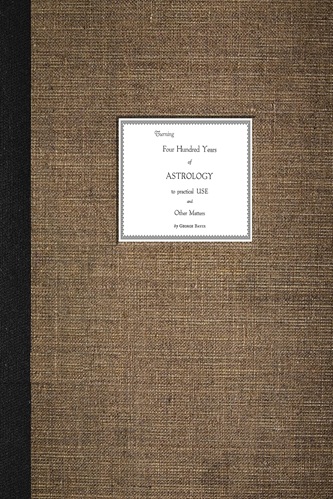
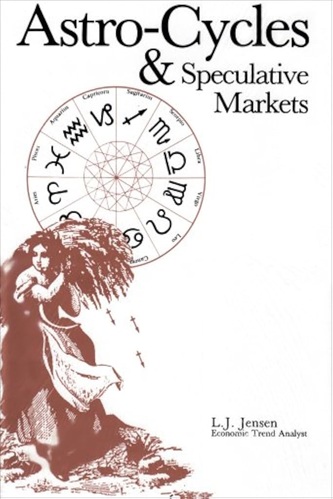

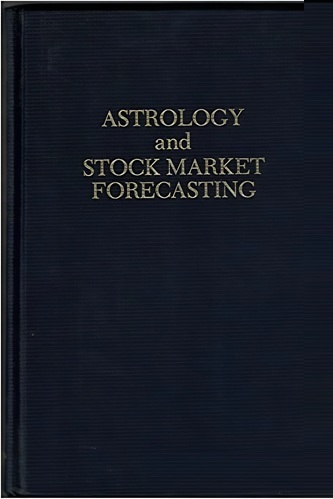
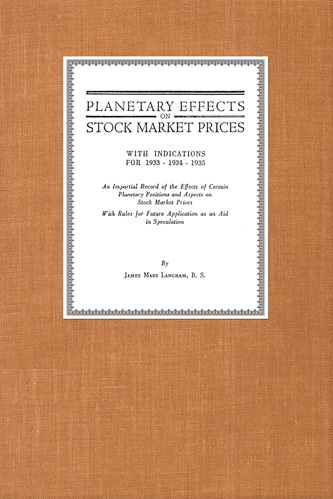

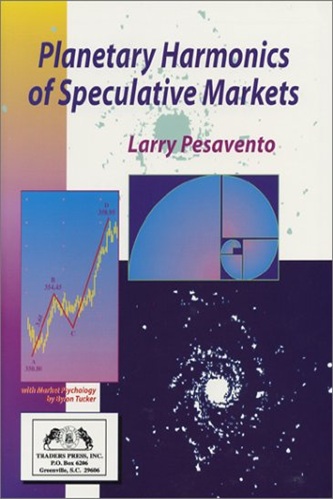
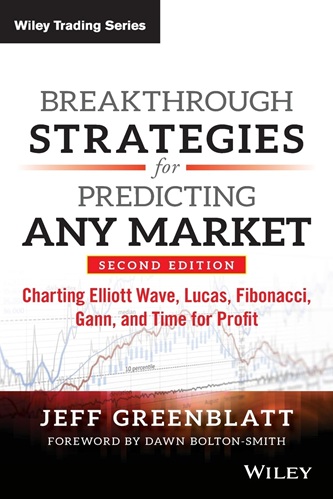
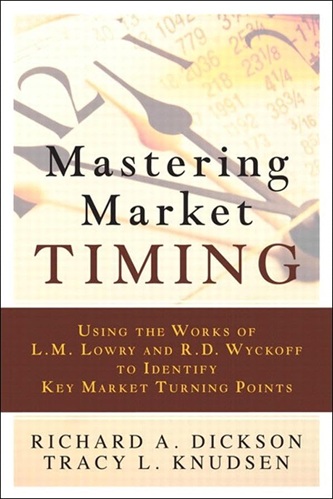
Paxton Huffman (verified owner) –
An excellent book for someone who wants to master the construction of horoscope by hand, This book covers topic/techniques rarely mentioned in any other book.